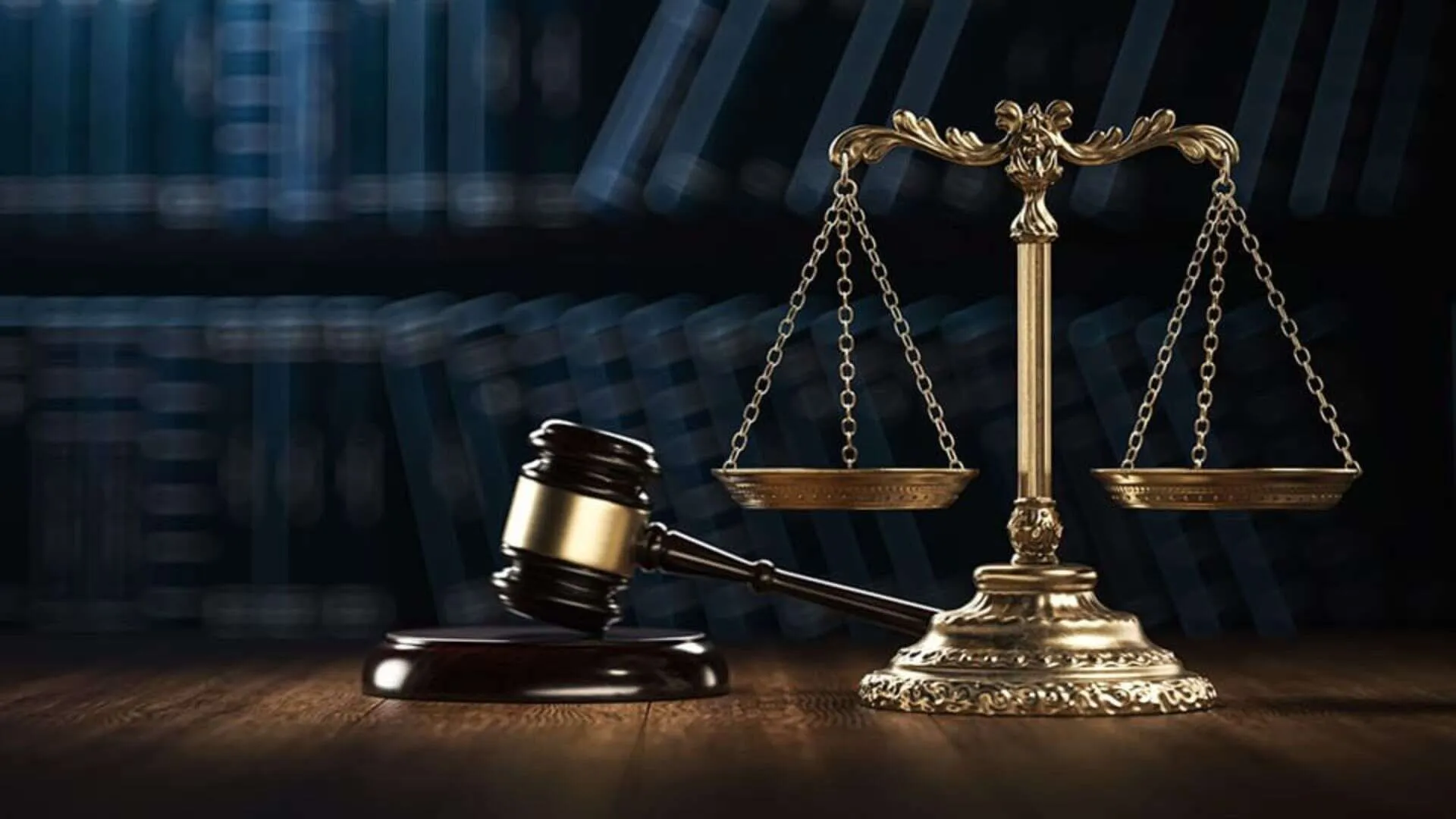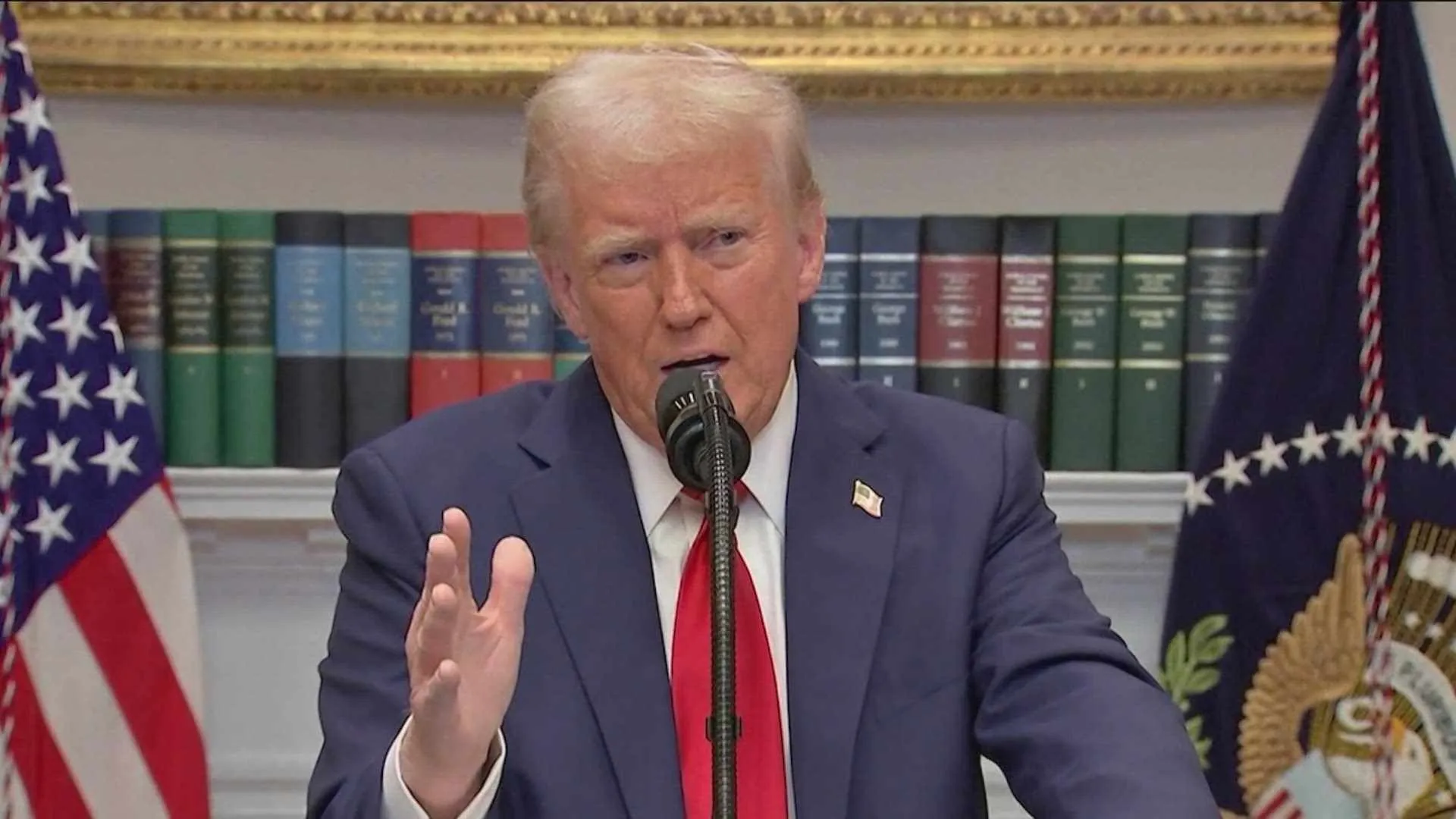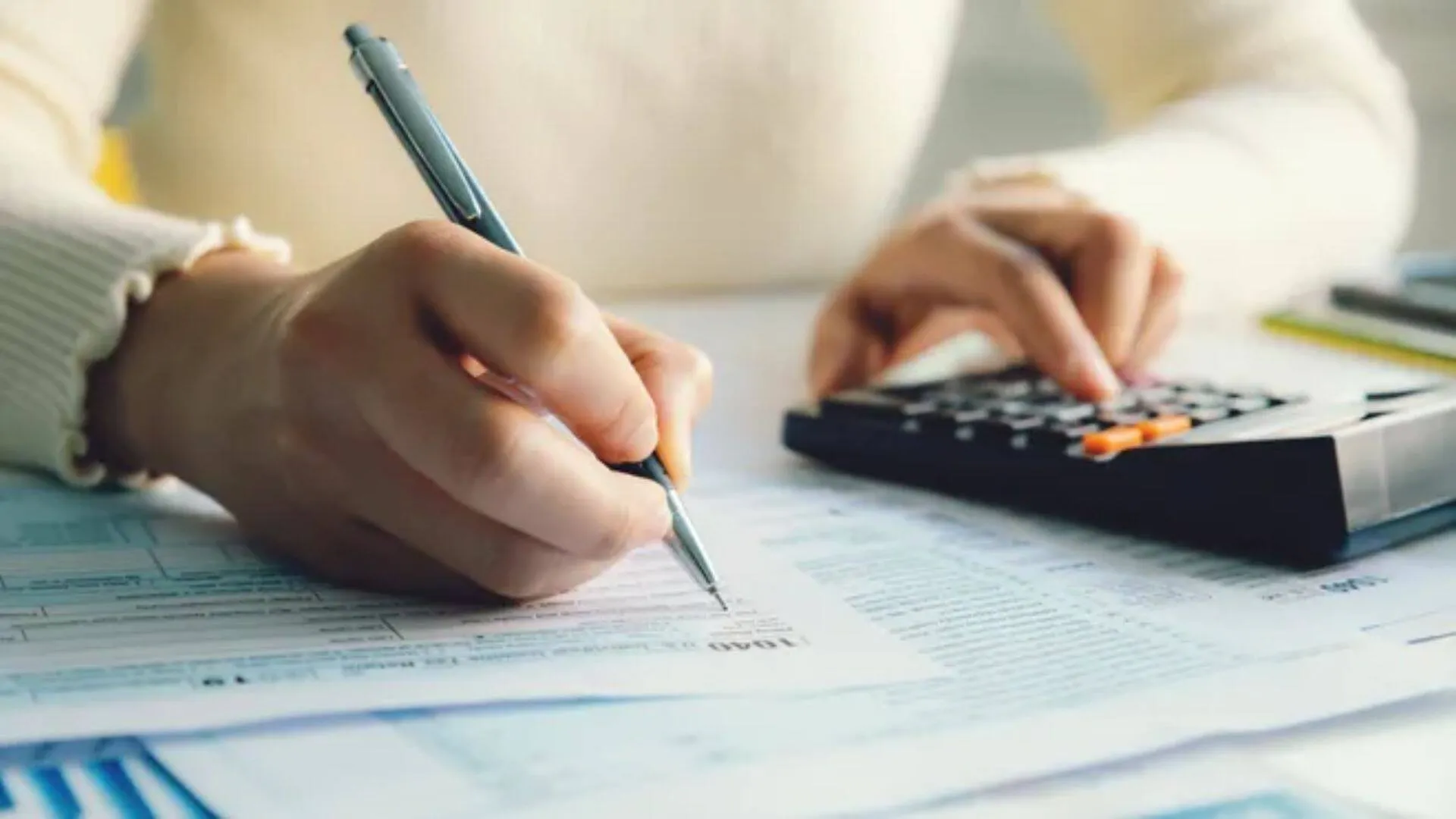Drugs and substance abuse is a serious concern. The ongoing Sushant Singh Rajput case and the NCB’s probe into alleged drug nexus in Bollywood only brought to the public discourse the fatal consequences of excessive drug use. According to recently released data by the National Crime Records Bureau (NCRB), drug abuse and addiction amounted to 5.6 percent of the suicides. The Central and state governments have been working to curb the perils of drug abuse in India along with drug de-addiction centres and NGOs but the progress is not so remarkable.
There is an increased need to make the people of our country view drugs and substance abuse with sensitivity. The problem is that it is often seen through the criminal lens as drugs are illegal in India. Shame and stigma are attached to its use, therefore, many people who are addicted to drugs and other substances hesitate to opt for counselling, consulting a psychologist, getting admitted to a de-addiction centre or rehabilitation centre. Patients going for de-addiction should also seek medical care to deal with related complications such as withdrawal symptoms.
“It is crucial that we, as a society, view all mental health disorders, including substance use disorders, with greater understanding, sensitivity and compassion, We must let go of our preconceived notions and instead of stigmatising and shaming those who suffer, educate ourselves about these illnesses and encourage those in need to seek appropriate treatment,”
says Dr Shamsah Sonawalla, consultant psychiatrist, Jaslok Hospital & Research Centre. She adds that research globally suggests that stigma and prejudice can deter individuals from coming forward and seeking treatment.
Studies show that there are drastic/severe changes in the number of abusers, choice of drugs and the shift in age groups in India over the past three decades. The total toll of drug abusers has risen five to eight times for different drugs during that time. About a third of all abusers belong to the age group of 16-25 years. India is a country of youth and is sitting on a time bomb.
Talking about the abuse of opioid, prescription drugs and polysubstance, Dr Rajesh Kumar, MD (Psychiatry) at Max Super speciality Hospital, New Delhi, and founder & director of UDGAM – A Mental Healthcare & Rehabilitation Centre, points out: “There is a new trend in India, shifting landscape in the type of opioid abuse. There is a decrease in natural opioids and a concomitant increase in the use of prescription drugs like buprenorphine and codeine contained in cough syrups, sedative and hypnotic medicines. There is a rising trend in polysubstance abuse. Cases of alcoholism and drug addiction among women have also surged times during the past few decades.” He further elaborates that such trends in drug abuse are affecting the youth, women largely, and have a significant impact on a developing country like India, which is struggling with poor healthcare facilities.
Treatment and recovery
Early recognition is the key. Treatment needs to be individually tailored and involves a biopsychosocial approach, asserts Dr Sonawalla. “Medication, evaluation and treatment of co-occurring mental health disorders such as anxiety, depression or bipolar disorder, psychotherapy, family therapy and long term follow up is required to prevent relapse and are helpful. Hospitalisation and rehabilitation may be needed for those with severe substance use disorder,” she adds.
Several people who are addicted to drugs are apprehensive of getting admitted in de-addiction centres. Dr Kumar agrees that addicts across categories — youths, teenagers, women, and elders- are quite afraid of approaching de-addiction centres. “They also need emotional support to overcome their ongoing problems. Therefore, we should instil confidence in them about de-addiction treatment,” he believes.
The psychology behind its use and abuse
The Sushant Singh Rajput case addresses a crucial concern: Are Indian youth vulnerable to drugs? And if required, where can they seek help without social taboo? Elaborating on the need to educate youth on safe dosages and how to seek help, Amritah Sandhu, founder & director of CareIndia, says, “Living in Delhi, I have seen rampant drug use, from people casually smoking marijuana to festivalgoers using MDMA/ecstasy, and infamous ‘Charlie’ (cocaine) in club bathrooms and wedding festivities. Be it increased availability, temptations, curiosity or peer pressure, more youth are dabbling into trying drugs, usually uninformed. Illegal or not, drugs are here to stay, and there is a need to ensure our youth are informed, know safe dosages, and how they can seek help. Our youth deserve to be educated on drug use in senior school, in order to make more informed decisions.”
Sandhu further adds that it’s imperative that school counsellors provide a safe outlet to freely discuss why they tried a drug, how it made them feel, is it a form of escape, and what they are escaping from. Psychologists can hold talks to help understand why some students are more inclined to abuse and provide generic solutions so hesitant students can be encouraged to share. Parents should consider understanding the psychology behind their child using drugs, and encouraging help as opposed to solely scolding them and pushing them further away.
Role of NGOs in combating addiction
Smita Bharti, executive director, Sakshi, a rights-based NGO, says, “We have worked with many community-based organisations to create safe spaces for street-connected children from difficult circumstances dependent on substance abuse through social arts. One of the community-based child rights organisations called Chetna that we worked with, created physical safe space to welcome these children. The focus was on building an environment that encouraged them to spend more and more time away from the conditions that led to substance abuse.”
Asked about the contribution of NGOs in the fight against drug addiction, Rajesh Kumar, executive director of SPYM (Society for Promotion of Youth & Masses) replies, “We have programmes for the prevention of drug use as well as detoxification and rehabilitation after the prolonged consumption of drugs. In the residential facilities across Delhi, our programmes are largely based on the therapeutic model where the focus is on building a collaborative space between the caregiver and the client (substance user).” Kumar adds that in this collaborative space, the client (substance user) slowly is motivated and counselled to take his responsibility and be wary of his surroundings. Besides this, regular counselling and sessions focused on motivation, sharing, literacy and others are conducted.
Ways to destigmatise drugs and substance abuse –
· Improving access to doctors, medicines, counselling centres, anonymous groups and NGOs should be the central strategy for de-addiction.
· The government should also focus on increasing the OPDs (out-patient departments), indoor facilities and integrated de-addiction centres.
· There should be greater involvement from the psychiatrist, psychological services and integrated medical services in de-addiction centres in hospitals, medical colleges, prisons, old-age homes and OST centres.
· Family counselling should help break the stigma associated with the treatment of addiction in order to reduce the co-dependence among families and the stress associated with addiction.
· Oral Substitution Therapy (OST) centres should be established at the district level as per requirement.
· Mass media awareness campaigns related to complications of substance abuse, treatment and prevention, especially among the youth and women should be facilitated. · Establishment of national toll-free helplines is also beneficial for information.
· The liberalisation of establishing institutions and admission rules and regulations for patients in the institution should be clear.
· Strict punishment should be imposed on unauthorised de-addiction centres, drug trafficking and drug peddlers.
Abhishek Banerji, an integrative psychotherapist and licensed expressive arts-based therapist, has helped teenagers and adolescents through creating awareness about the adverse effects of excessive drugs and substance usage. Banerji explains, “Risk-taking is a normal part of adolescence, but it may also increase their tendencies to experiment with drugs and substance. In our preventive group therapy programs with adolescents, we educate them not just about the consequences of drugs and substance abuse, but also its various etiological causes.” He adds that they help them to become more mindful of their impulses and emotions as well as regulate them better.























